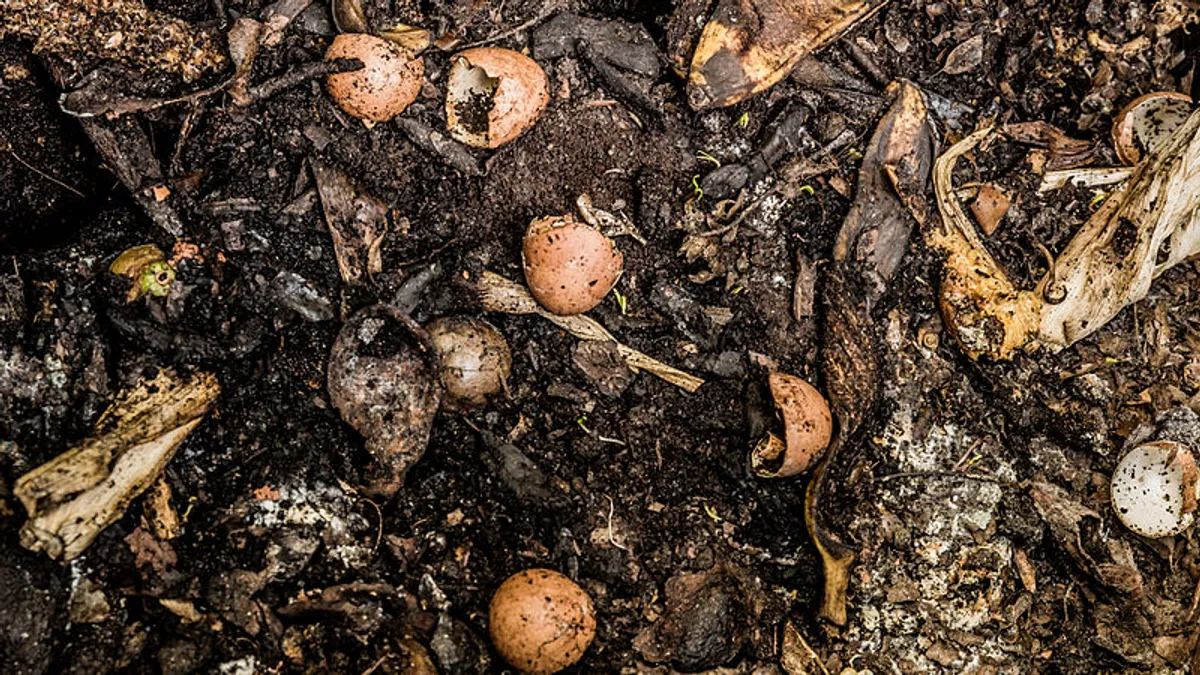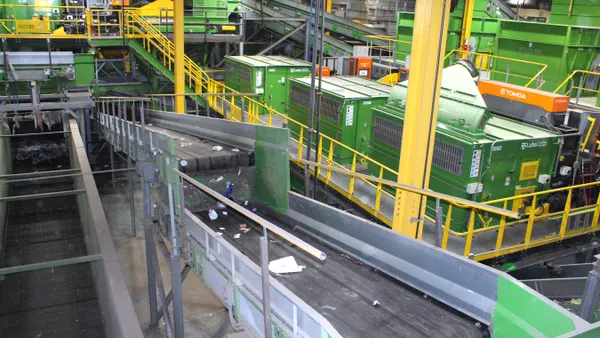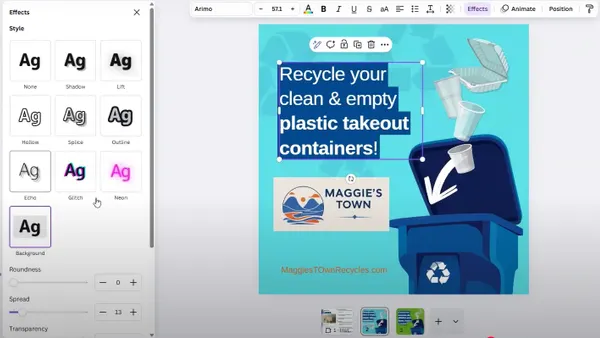Dive Brief:
- Redmond, WA-based WISEerg has created a product that converts food waste into organic fertilizer, using smart technology to track what’s being tossed and help grocers reduce waste and repurpose or donate what would otherwise be landfilled garbage. The product, called the Harvester, uses a non-chemical, oxidative conversion technology to grind food and convert it into a liquid. The liquid is collected and processed into fertilizer at a plant and distributed.
- Using the Harvester, store employees enter data about the unused food, its condition, age, and reason they are discarding it. The data is tracked, analyzed and transmitted electronically to store managers. With $15 million in funding, the company is testing the Harvester at Whole Foods, PCC Natural Markets, and other retail food chains.
- Each machine can hold 300 to 400 pounds of waste, which WISEerg hopes to have transported to casinos, jails, hospitals, schools among other businesses and institutions. The first plant, which will process about three million pounds of liquid waste, is under construction in Seattle; the company plans to build four more sites in California and two in Portland this year.
Dive Insight:
The call for individuals, businesses, and governments to reduce food waste is inspiring innovations made available to companies and even at the individual consumer level. One global green tech company sells food retailers a digester that converts food waste into water and transports it through sewer lines.
An Israel-based company has created a domestic-scale anaerobic digester for consumers that converts organic waste into cooking gas and liquid fertilizer.
WISEerg’s equally innovative concept will likely be a win-win for both customers and WISEerg. Customers buy the machine for less than manufacturing cost, and get a hauling service contract that costs them less than their trash collection service, while WISEerg makes money on the fertilizer.
The smart technology has the potential to open up new learning experiences and ultimately lead to new food industry protocol.
"Our goal is to encourage chains, for example, to find anomalies where one store is throwing away, say, 1,000 pounds of meat and another is only discarding 200 pounds, and then figure out a best practice," said primary investor Brian Valentine.
The demand is high, he said, and he sees it catching on beyond their current target niche. "We have visions that, one day, there could be mini-Harvester-type units that could serve individual neighborhoods."










